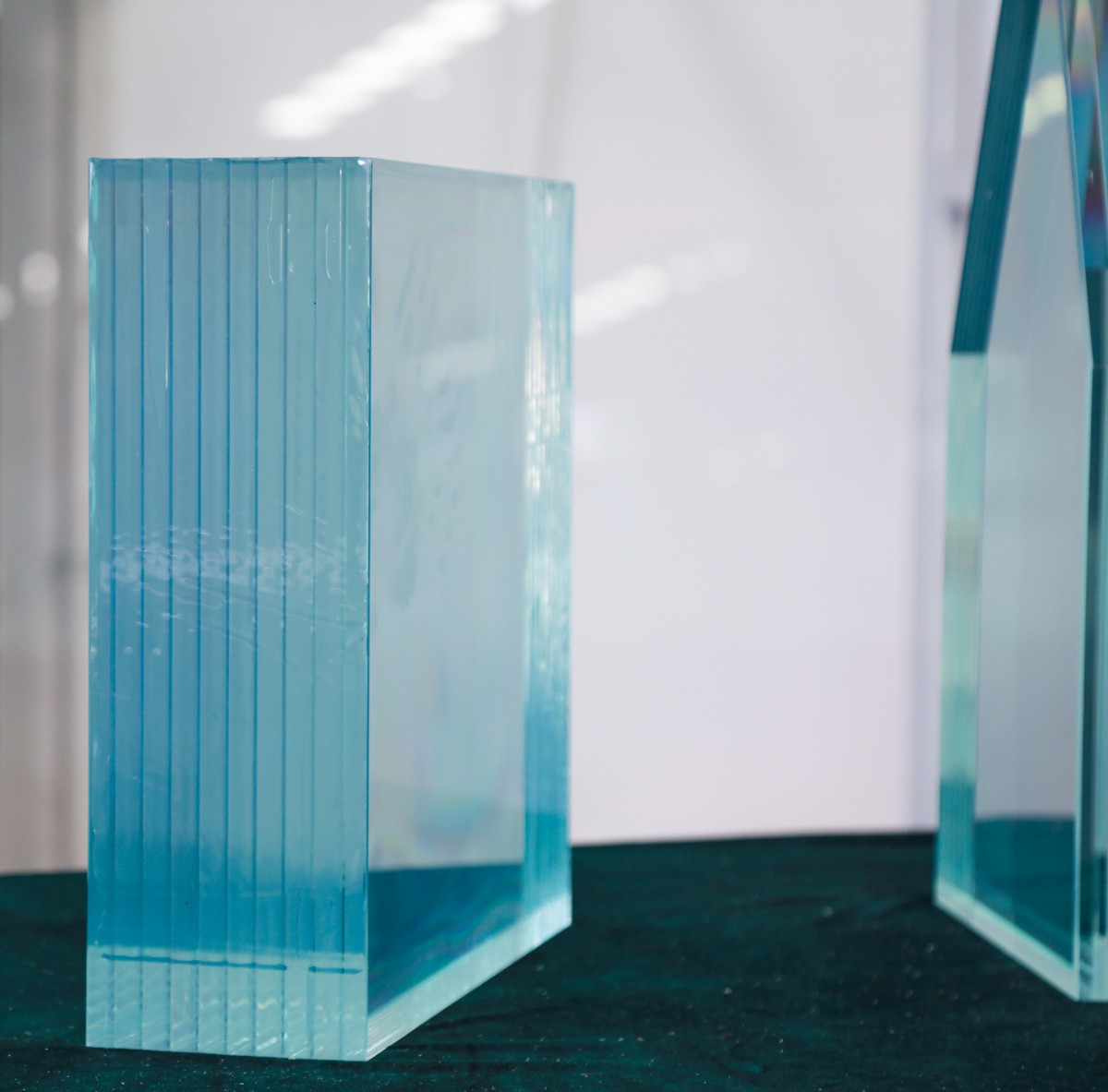Corrugated metal sheets have gained immense popularity in various construction and industrial applications due to their durability, lightweight nature, and cost-effectiveness. However, like any material, they come with their own set of disadvantages that can impact their suitability for specific projects. In this article, we will delve into the less-discussed drawbacks of corrugated metal sheets, providing a nuanced understanding for architects, builders, and homeowners alike.
- Limited Aesthetic Appeal
While corrugated metal sheets are often lauded for their industrial look, this aesthetic may not suit every architectural style. In residential applications, the raw, utilitarian appearance of corrugated metal can clash with traditional or modern designs that favor softer, more refined materials. This limitation can restrict the creative freedom of architects and designers, making it challenging to achieve a cohesive look in certain projects.
- Noise and Acoustics
One of the significant disadvantages of corrugated metal sheets is their propensity to amplify sound. When rain falls on a metal roof or when wind whips through a metal structure, the noise levels can become quite pronounced. This can be particularly problematic in residential settings or in buildings where quiet is essential, such as schools or libraries. Additional soundproofing measures may be necessary, which can increase overall project costs.
- Thermal Conductivity
Corrugated metal sheets are excellent conductors of heat, which can lead to significant temperature fluctuations within a building. In hot climates, metal roofs can absorb heat, making interiors uncomfortably warm without adequate insulation. Conversely, in colder climates, they can lead to heat loss, resulting in higher energy bills. Proper insulation is crucial to mitigate these effects, but it adds complexity and cost to the construction process.
- Corrosion and Maintenance
Although many corrugated metal sheets are treated to resist corrosion, they are not immune to it. Over time, exposure to moisture, especially in coastal areas with high salt content in the air, can lead to rust and deterioration. Regular maintenance, including inspections and repainting, is necessary to prolong the lifespan of corrugated metal sheets. This ongoing upkeep can be a burden for property owners and may not be feasible for all budgets.
- Installation Challenges
While corrugated metal sheets are relatively easy to install, they do require specific skills and tools. Improper installation can lead to issues such as leaks, poor insulation, and structural weaknesses. Additionally, the sheets must be carefully aligned and secured to prevent warping or buckling over time. For those without experience in metalwork, hiring professionals may be necessary, which can further inflate project costs.
- Environmental Impact
The production and disposal of corrugated metal sheets can have environmental consequences. The mining and processing of metals require significant energy and resources, contributing to carbon emissions. Furthermore, while metal is recyclable, not all corrugated sheets are made from recycled materials, and improper disposal can lead to waste. As sustainability becomes a priority in construction, the environmental footprint of materials like corrugated metal is increasingly scrutinized.
- Limited Insulation Properties
Corrugated metal sheets offer minimal insulation on their own. Without additional insulation materials, buildings using these sheets may struggle to maintain comfortable indoor temperatures. This limitation can lead to increased energy consumption for heating and cooling, further driving up operational costs. For energy-efficient designs, architects must consider integrating other insulation solutions, which can complicate the design and increase expenses.
Conclusion
While corrugated metal sheets present numerous advantages, including affordability and durability, it is essential to weigh these benefits against their disadvantages. From aesthetic limitations and noise issues to thermal conductivity and maintenance challenges, understanding these drawbacks can help stakeholders make informed decisions. By considering the specific needs of a project and the environment in which the materials will be used, builders and designers can better navigate the complexities of using corrugated metal sheets in their constructions.
In conclusion, while corrugated metal sheets can be a viable option for many applications, it is crucial to approach their use with a comprehensive understanding of their limitations. This awareness not only aids in selecting the right materials but also ensures that the final structure meets both functional and aesthetic expectations.



